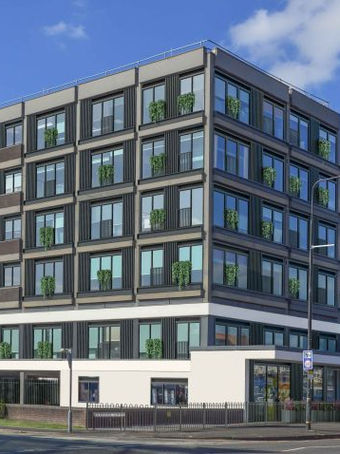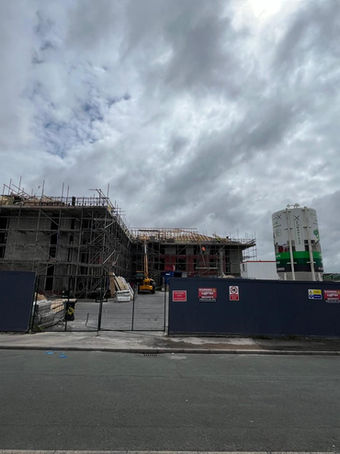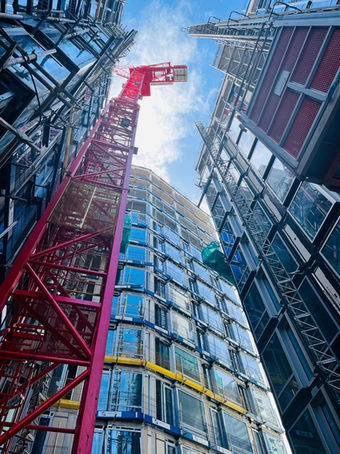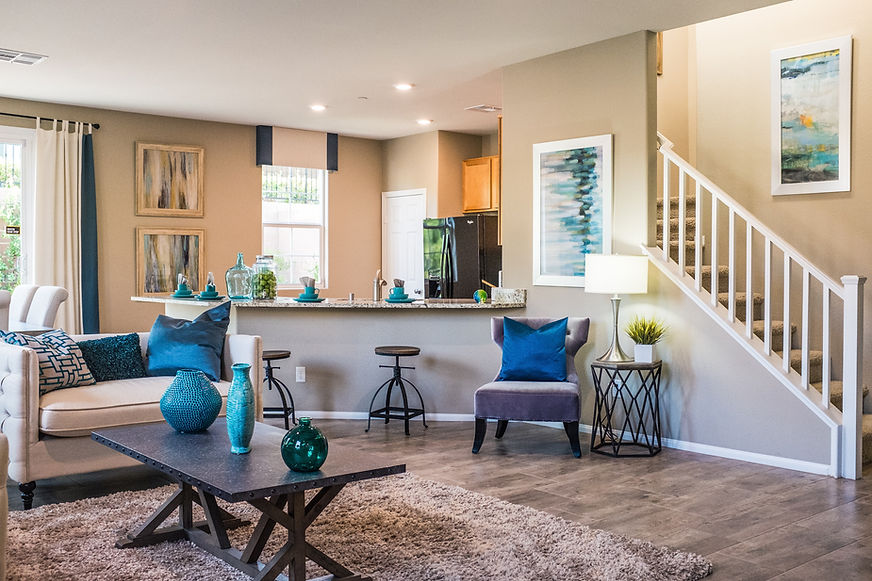Base Fire Sprinklers are specialists in Fire Sprinkler System Design for residential buildings.
Fire Sprinkler System Design is the process of planning and creating a system that will effectively detect and control fires in buildings. The design includes various components, such as pipes, sprinkler heads, valves, water supply, and control systems, which work together to provide fire protection.
A well-designed residential sprinkler setup has a 99% success rate, and is the most efficient way to prevent loss of life. Base Fire Sprinklers have expertise in residential Fire Sprinkler System Design for buildings of all sizes, giving optimal coverage in the event of a fire.
Our meticulous approach gives you a comprehensive, compliant sprinkler system optimised for safety, providing peace of mind whether the property is your own home, or a residential development such as a care home, student accommodation, block of flats or new-build housing estate.
We hold the necessary regulatory accreditations to work on any kind of residential property, so that you can be assured that our sprinkler systems are legally compliant. However, we also go beyond this, embracing new technologies and techniques to optimise coverage and safety to the highest standards.
To discuss the fire suppression system requirements of your project talk to one of the friendly Fire Sprinkler Consultants at Base Fire today.




Call now on 0800 009 6906.

What’s included in our Fire Sprinkler Design service
Our process begins with a customised design that considers the layout and fire protection requirements of your property. This ensures the sprinkler system is optimised for maximum safety and efficiency. We use advanced AutoCAD software to create detailed technical drawings, mapping out the exact placement of sprinkler heads, pipe routes, valves, and pumps. These drawings provide clear guidelines for installation and integration with your building’s infrastructure.
To ensure the system will function effectively in an emergency, we perform detailed hydraulic calculations that determine the correct water flow, pressure, and pipe sizing. These calculations guarantee that each sprinkler head will operate at peak efficiency during a fire. We also provide a comprehensive compliance check to ensure that your design meets all relevant UK fire safety regulations, including BS 9251 for residential systems.
Additionally, we conduct a thorough risk analysis to identify any potential vulnerabilities in your building's fire safety measures. Based on this, we offer recommendations to further enhance the design. Finally, we don’t just stop at the design – we offer full installation and maintenance support, ensuring that your system continues to provide reliable protection throughout its lifetime.
Which buildings benefit from high quality fire sprinkler design?
Having a fire sprinkler system designed for your property is, statistically, one of the most significant steps you can take to ensure safety against fires. However, the system must be designed by experts to guarantee the highest level of protection.
Base Fire Sprinklers have accreditations for all residential property types of all sizes. This allows us to create compliant sprinkler system designs for:
-
Other residential buildings
In each case, our fire sprinkler design team will work with you to understand exactly what you need from your sprinkler system, using our expertise and the tools mentioned above to give you a design that meets all regulatory expectations, while saving you time and money.

What type of Fire Sprinkler Design can we do?
At Base Fire Sprinklers, we use our decades of experience in the fire protection industry to bring you tailored solutions to reduce risks effectively. We have helped individuals and businesses to improve their buildings’ safety with all types of fire system design projects. The most common types of systems we have work with include:
Wet Pipe Fire Sprinkler Design
These are the most common type of system in residential buildings. The pipes are always filled with water, meaning the sprinklers can discharge immediately when an automatic fire detection system is triggered, Wet pipe sprinklers are tried and tested, but can be problematic in areas where water could freeze and damage the pipes.
Dry Pipe Fire Sprinkler Design
In a dry system, the pipes are not filled with water, but with nitrogen or air. When a fire is detected, a valve reduces the pressure of the gas and lets water flow through the system and out of the sprinkler heads. This eliminates the risk of freezing liquid in the pipes, but somewhat slows down the response time compared to a wet system.
Our Approach to Fire Sprinkler System Design.
Base Fire Sprinklers believe in precision and our qualified designers use cutting-edge industry software packages to ensure every design delivers the exact specifications required to optimise resident safety.
AutoCAD
AutoCAD has been a leading name in computer-aided design (CAD) since its launch in 1982. The application's hydraulic library allows us to create precise blueprints for the installation of your residential fire sprinkler systems, detailing the position of valves and pumps, the direction of flow and other important elements of the overall design.
FHC Canute
FHC hydraulic calculation software from Canute is a reliable and fast way to design complex fire sprinkler systems for large premises, including grid, loop and tree pipework networks, as well as any combination of water spray and mist fire suppression systems.
By using these and other applications, we are able to calculate the optimal position for sprinkler heads to give the best coverage throughout your buildings - leaving fires with nowhere to take hold and maximising safety and success rates.

Water Tank Capacity Calculator
Our Online Water Tank Size Calculator provides a free estimate of tank size requirements for a residential fire sprinkler system. This easy-to-use online tool will help you determine the right sizing for your water tank needs.

Why choose us?
At Base Fire Sprinklers, we take pride in our commitment to providing exceptional service to our clients. We have recently completed successful projects in a variety of towns and cities across the UK including Stockport, Manchester, Warrington, Liverpool, Leeds and Sheffield.
Our team's expertise and dedication to safety have earned us a reputation as a reliable and trustworthy partner for all of your fire sprinkler needs. From design and installation to servicing and repairs, we use only the highest quality materials and equipment to ensure that your system is operating at peak performance.
Additionally, our maintenance programs offer peace of mind, knowing that your system is being regularly checked and maintained. We are here to provide you with a fire sprinkler solution that meets your needs.
Contact us today to learn more about our services or visit our design, installation, servicing & repair pages to see how we can assist you with each step of the process.



















